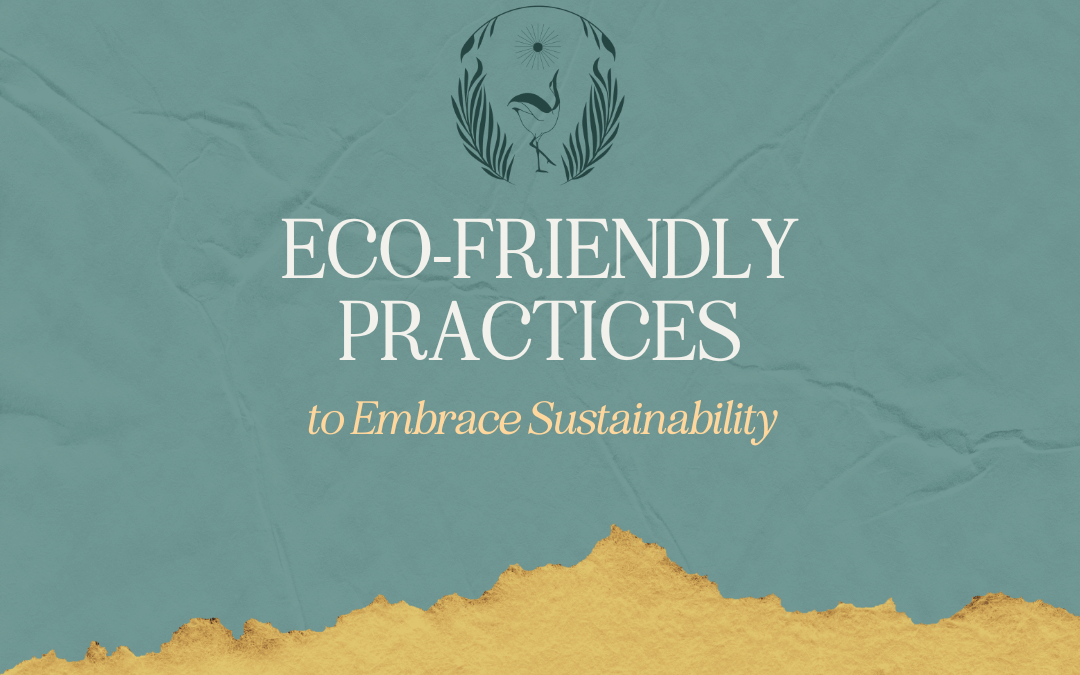The Power of a RebrandHow a Strategic Rebrand Helped Action Driven Education Connect with Their Audience In 2020, I had the opportunity of working with Action Driven Education (ADE) on a rebrand to help them align a visual identity with their powerful mission. ADE...

The Power of a Rebrand: How ADE Aligned Their Identity with Their Mission

The Power of a Rebrand
How a Strategic Rebrand Helped Action Driven Education Connect with Their Audience
In 2020, I had the opportunity of working with Action Driven Education (ADE) on a rebrand to help them align a visual identity with their powerful mission. ADE provides educators and parents with innovative tools to support children with special needs, focusing on their abilities, not their disabilities. With programs like the Accomods app, which helps teachers create custom learning accommodations, and the Barrier Moving Mindset program, which aids in overcoming teaching challenges, ADE needed a brand that reflected their solutions-driven approach to special education.

Before: The original ADE logo. They liked the concept of gears being included but wanted something a little more complete that better conveyed their story.
The original ADE logo featured a tree, symbolizing growth and development, but it felt disconnected from the innovative, tech-savvy services they provide. So, I worked closely with their founders, husband and wife duo Tim and April Kretchman, to create a fresh, modern brand identity that integrates both natural and technological elements. The new logo still embraces the idea of growth but does so in a more connected, cohesive way. By incorporating people as the trunk and gears within the leaves into an abstract tree design, we emphasized ADE’s balance between nurturing education and the practical tools they offer.

After: The new master logo after the rebrand. We updated the color palette and made the logo more versatile so that it can be used with and without the icon. The tree is less obvious but the new logo now shows excitement.
The refreshed color palette of greens, with pops of yellow and orange, symbolizes growth, optimism, and warmth—values at the heart of ADE’s mission. The result? A brand that feels welcoming, empowering, and modern, appealing to both educators and parents who are seeking real solutions for individualized learning.

Tim, from ADE, described the transformation best:
“When I go to conferences, everything feels connected—messaging, logo, everything. People stop by our booth and say they get a good feeling from ADE, and our message resonates with them.”
It’s more than just a look—it’s about creating a brand that communicates trust and clarity from the moment someone engages with them.
This is the power of great branding. It’s not just about visuals; it’s about creating a cohesive experience that communicates your message clearly and effectively. For ADE, this means they can focus less on explaining who they are and more on serving their community.

It’s thrilling to see how this rebrand is helping Action Driven Education make a bigger impact, empowering teachers, parents, and children to thrive. They’ve been able to take the brand to greater heights, and I’m honored to have had the opportunity to provide them with the tools to take off running.
If your brand no longer reflects who you are or where you’re headed, it might be time for a refresh. Whether you’re a new business or an established one looking for a fresh start, we’re here to help you create a cohesive, impactful brand that resonates with your audience. Schedule a discovery call with us today, and we can explore how a rebrand can take your business to the next level.
Have you outgrown your brand or need to take it to a new level? Schedule a strategy call to see how I may be able to support you through the process.
You May Also Like:
The Power of a Rebrand: How ADE Aligned Their Identity with Their Mission
Breaking Free from Imposter Syndrome
Overcoming Imposter Syndrome in Your BusinessImposter syndrome is a common struggle for many professionals, including brand designers and small business owners. Whether you’re a seasoned expert or just starting out, feeling like you’re not good enough can impact your...
Social Media Strategies for Small Businesses: How to Make a Big Impact
Amplify Your Brand's PresenceUtilizing social media to be intentional in telling your brand's storyIn today's world, social media has become an essential tool, if not a necessity, for small businesses looking to make a significant impact with limited resources. At JC...









Recent Comments